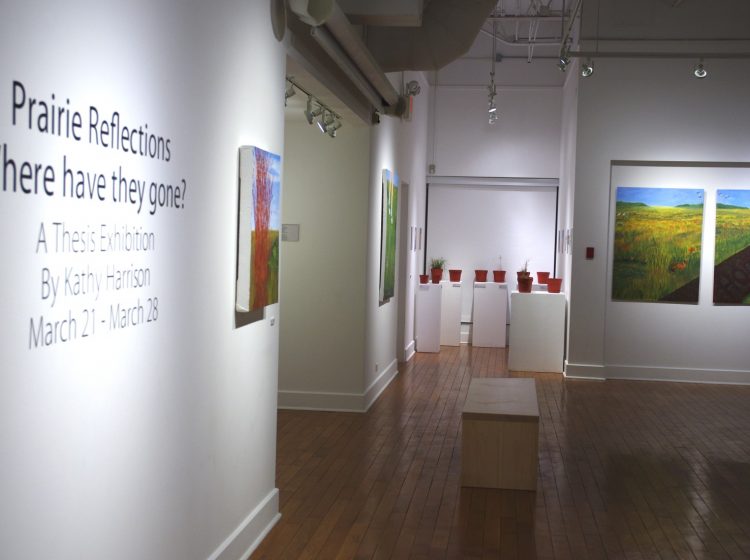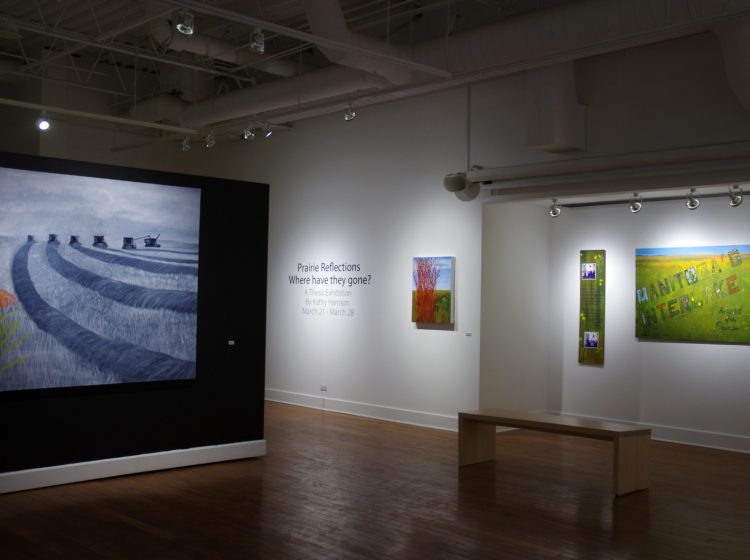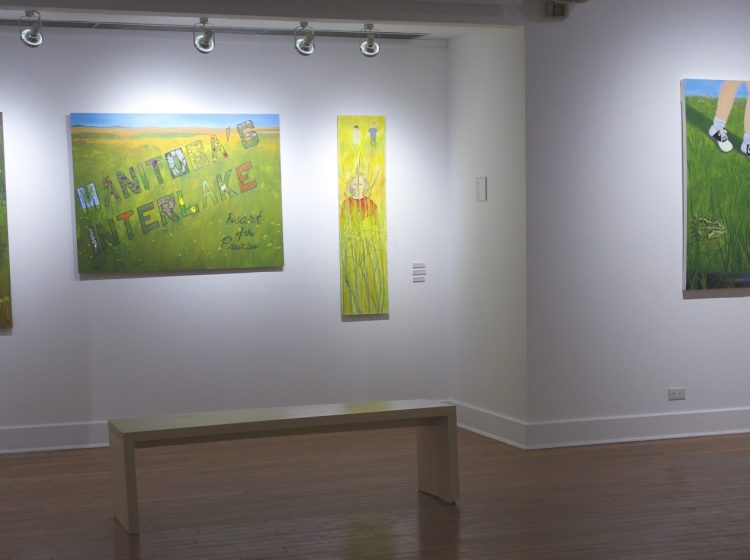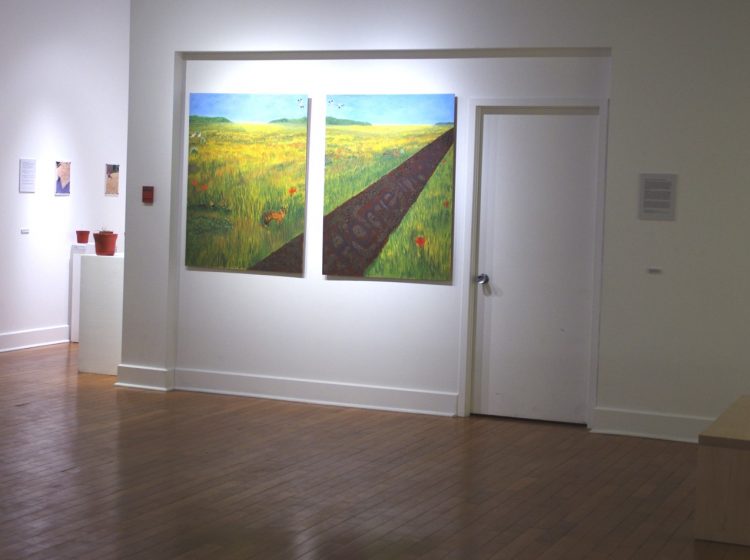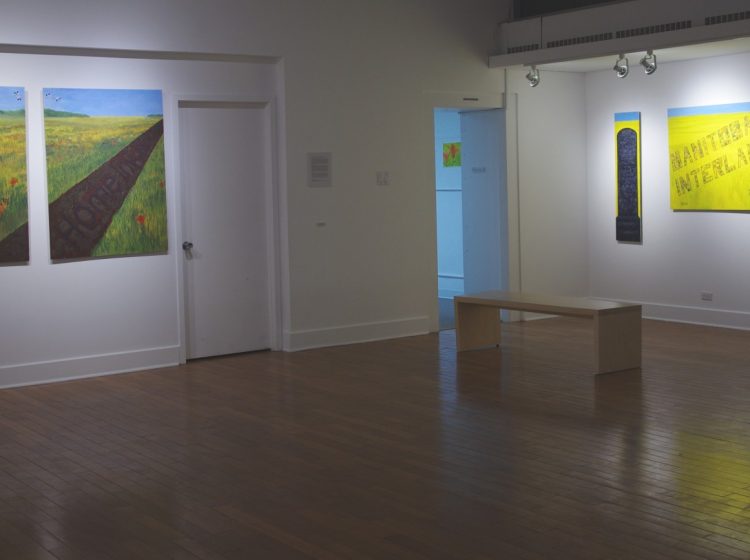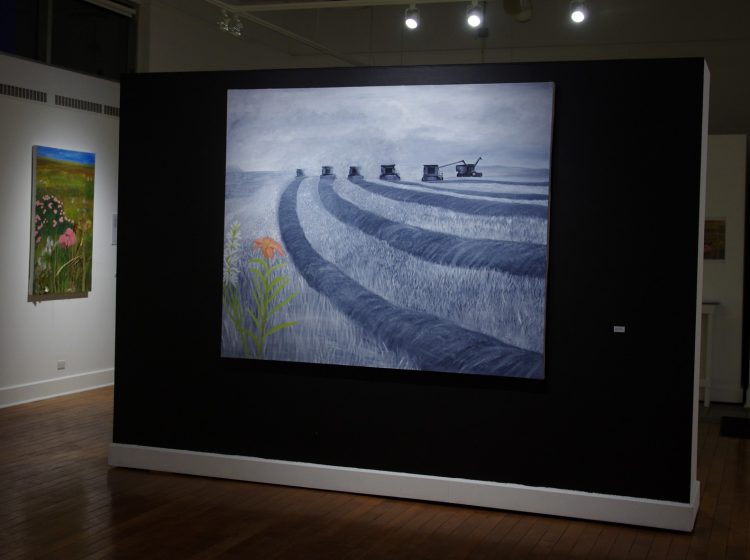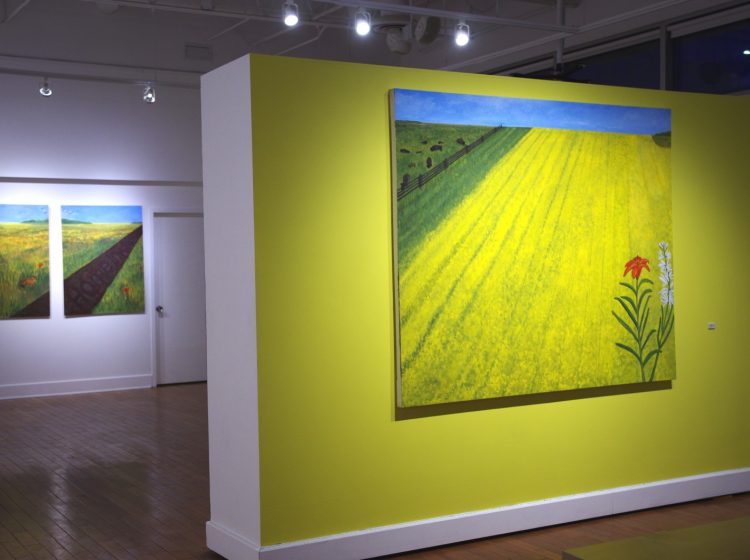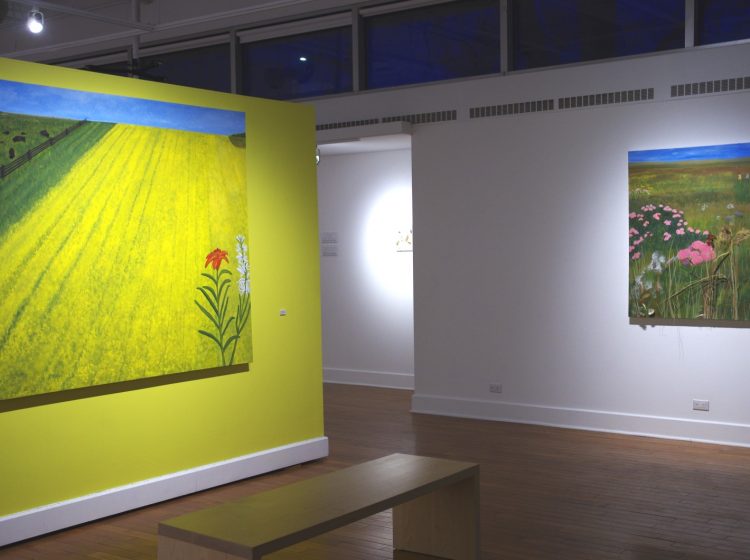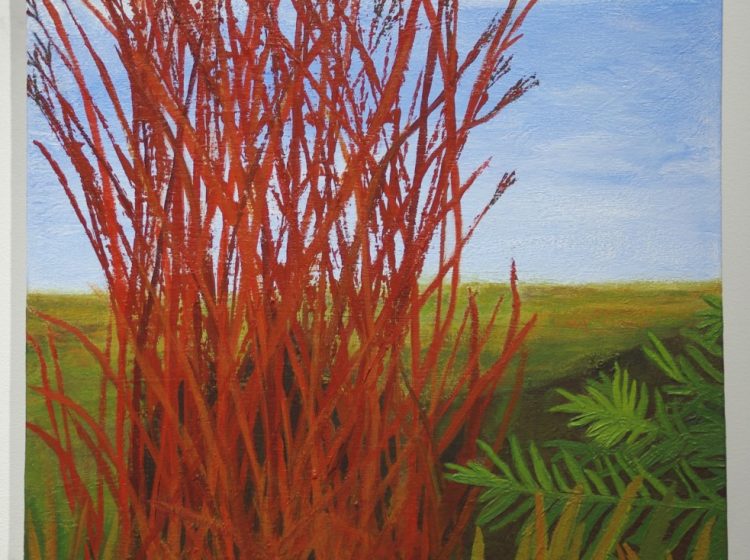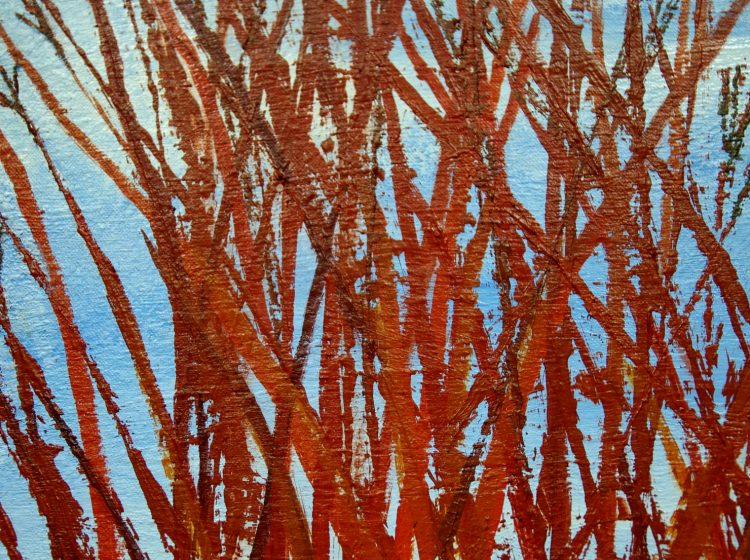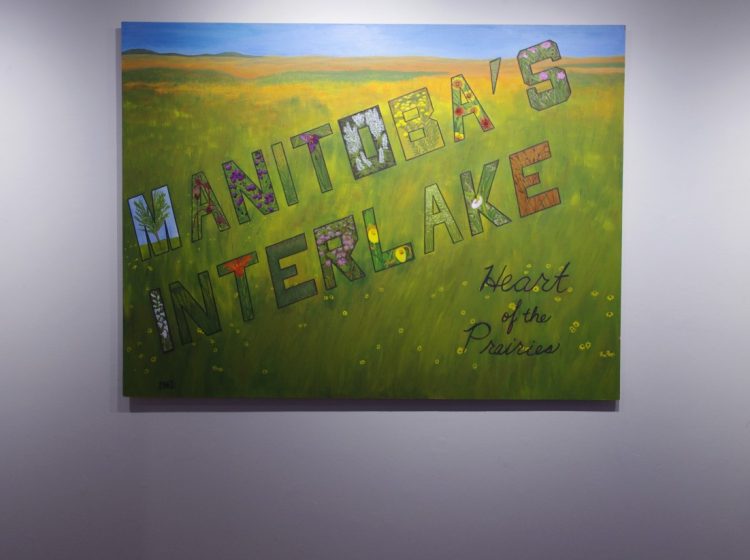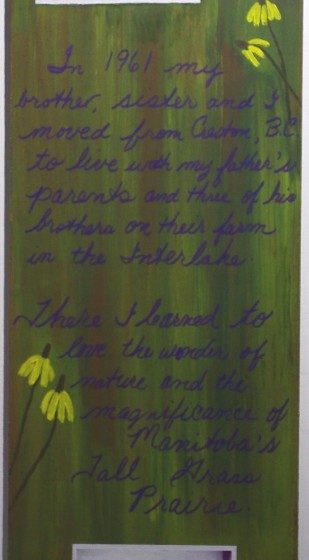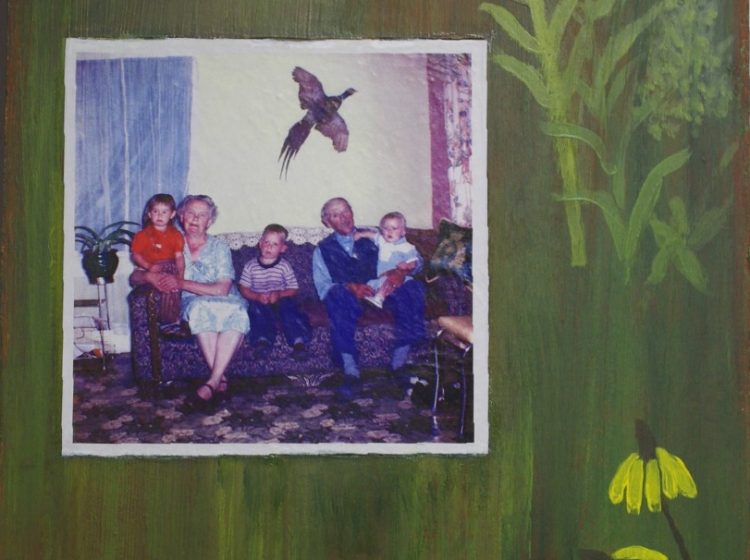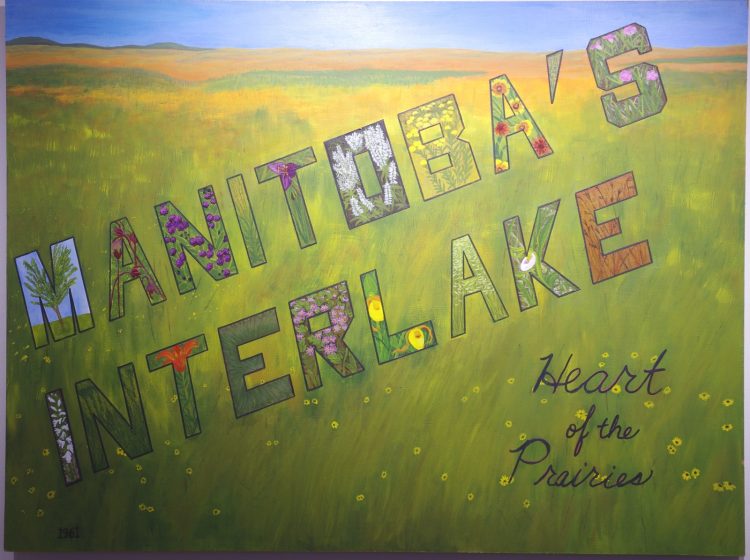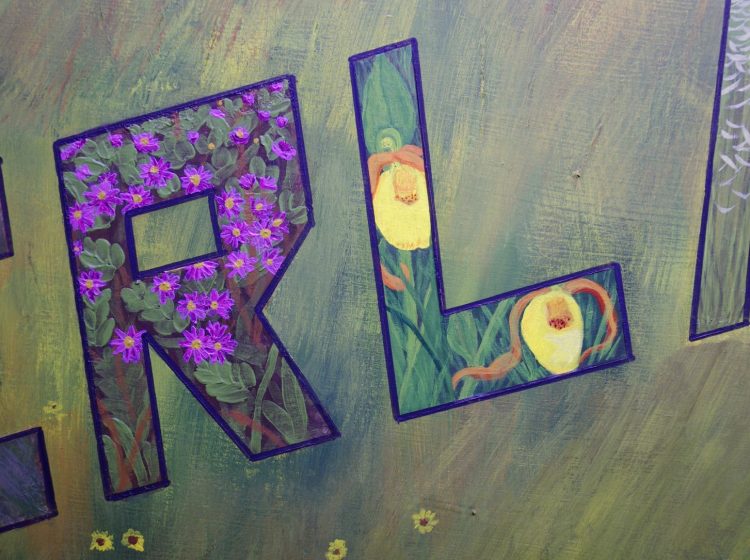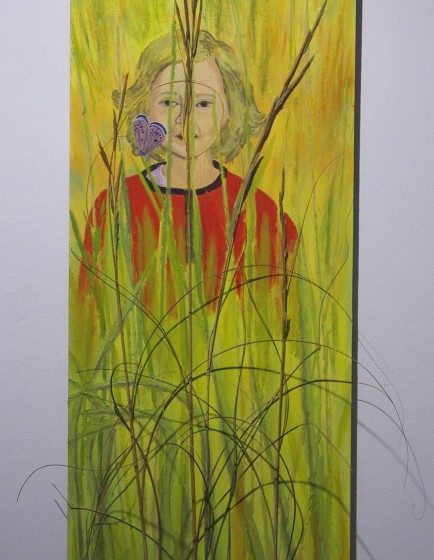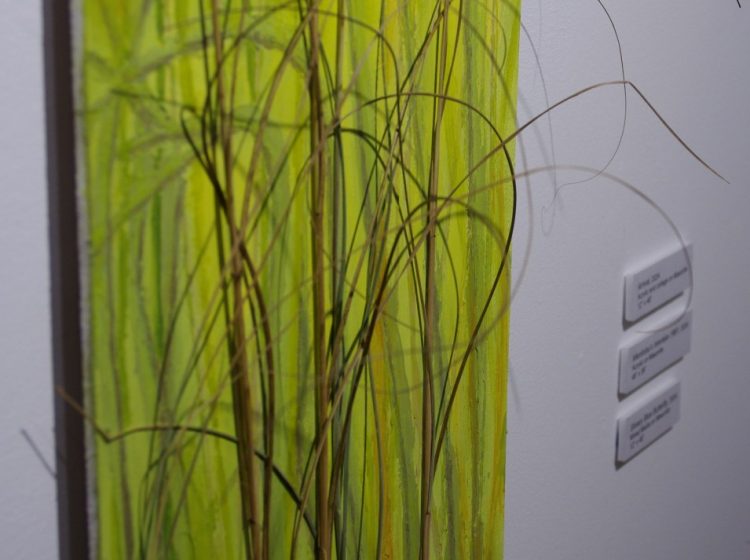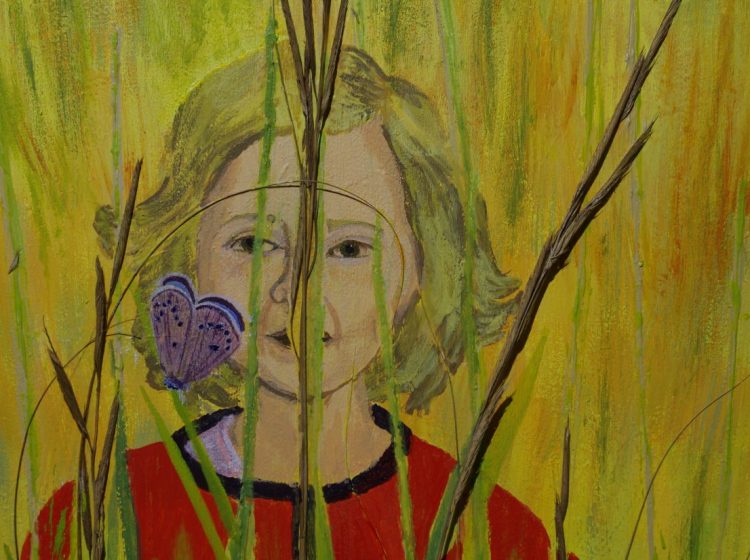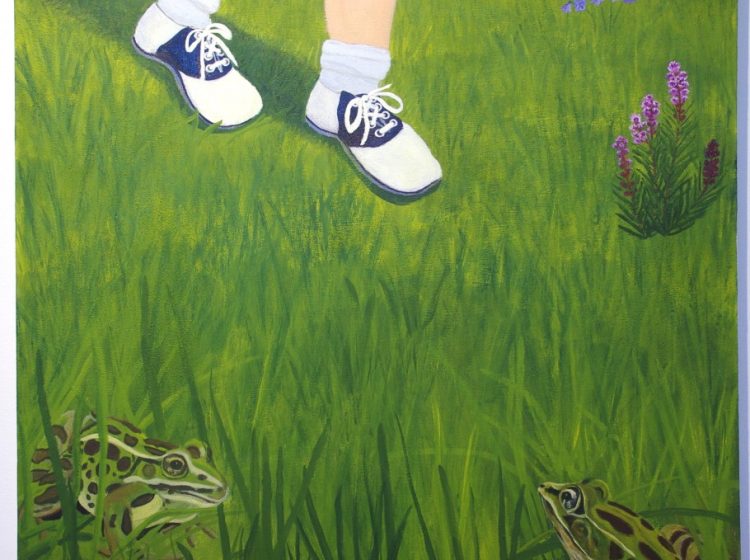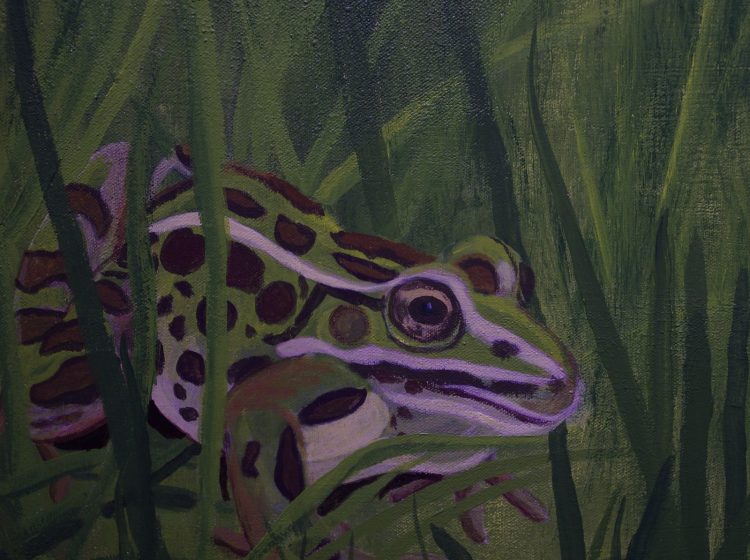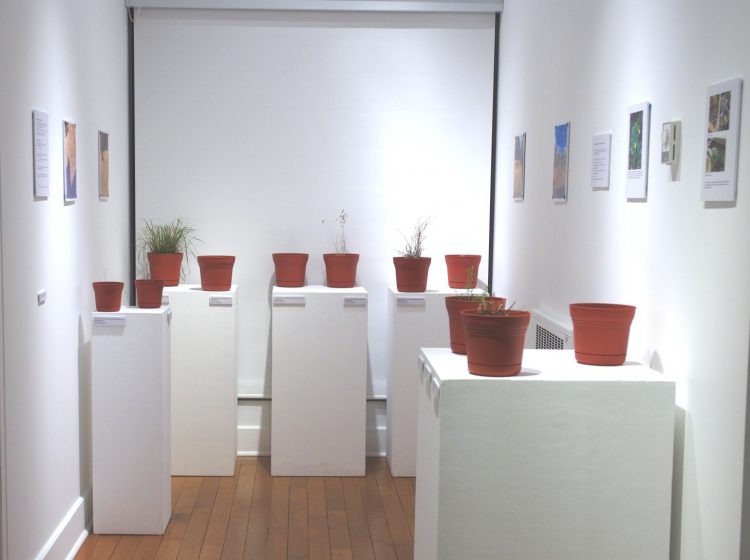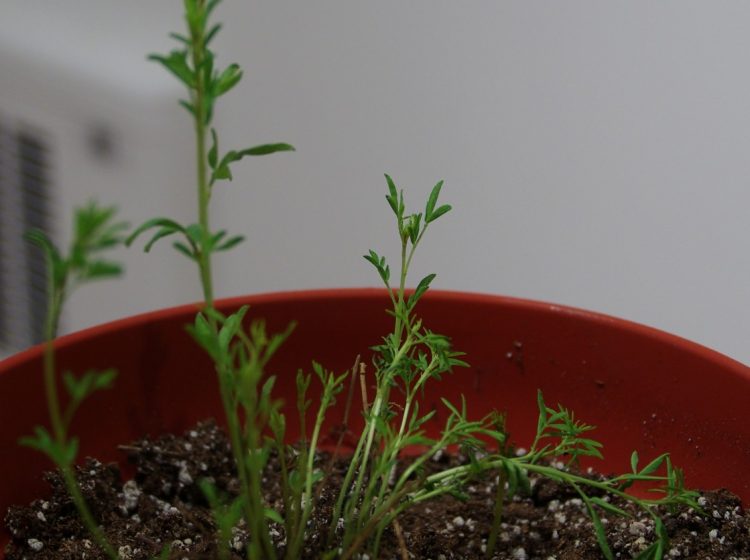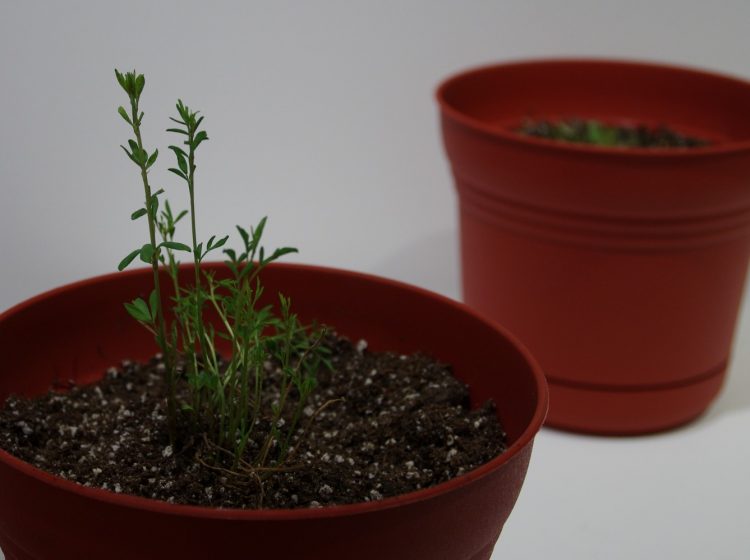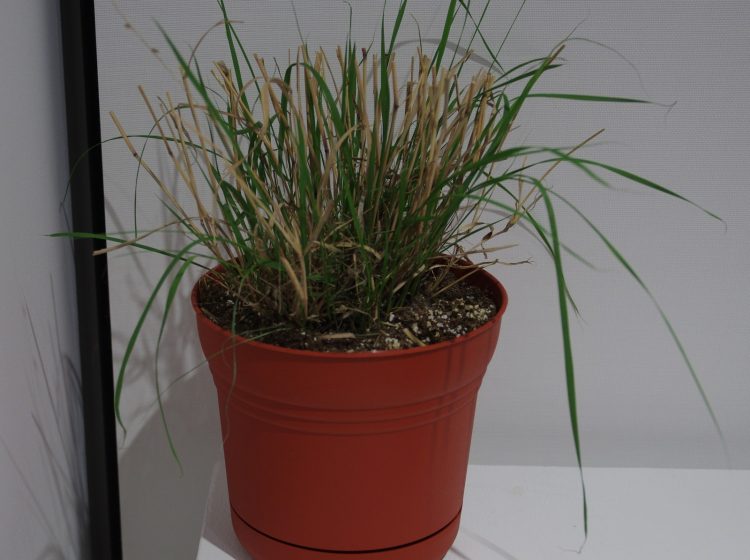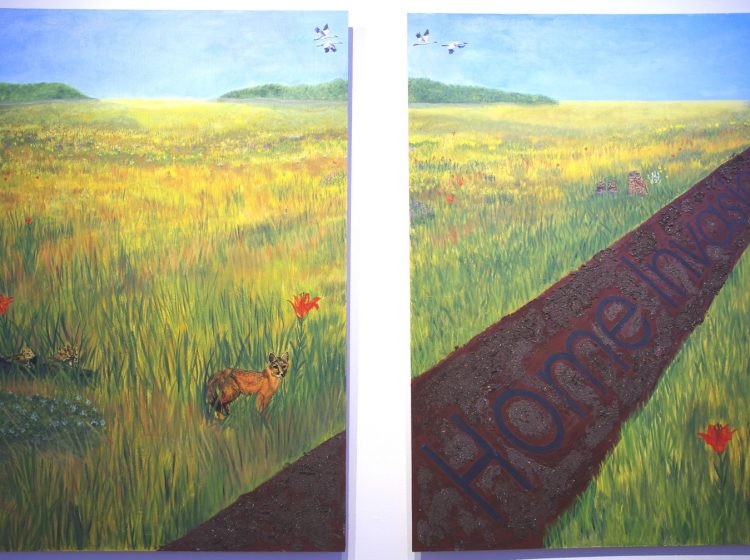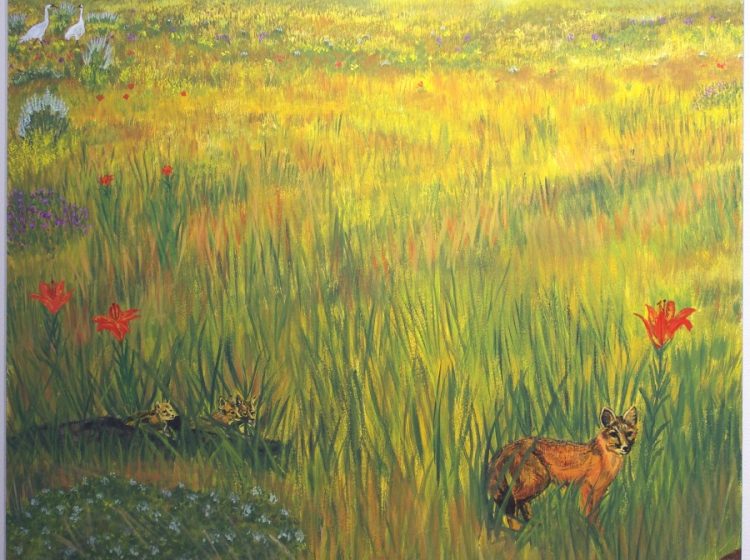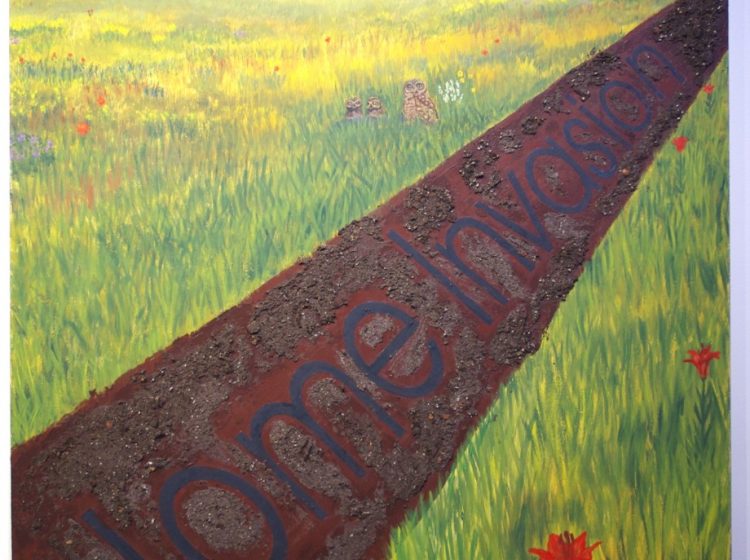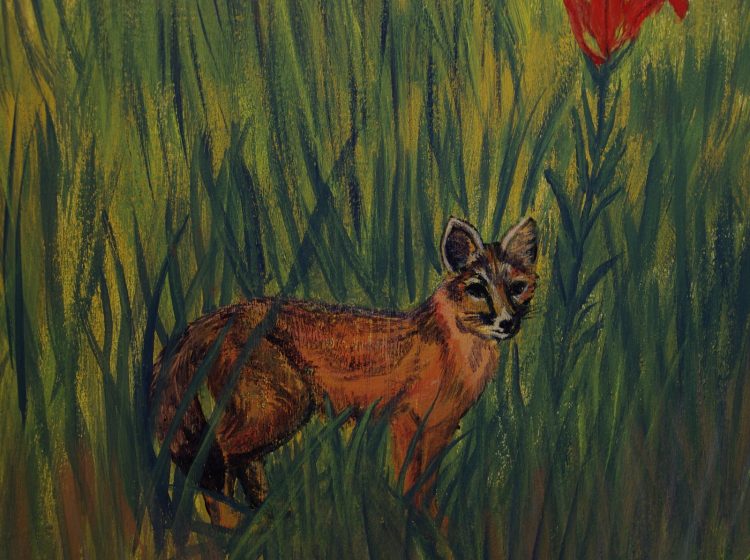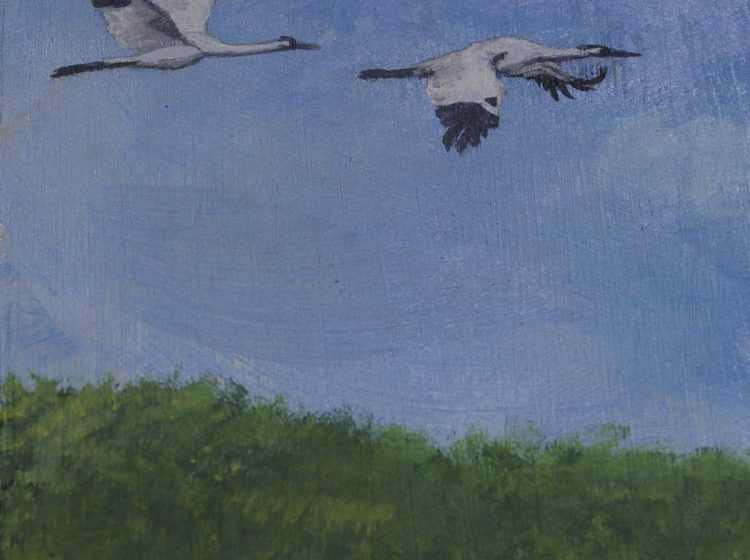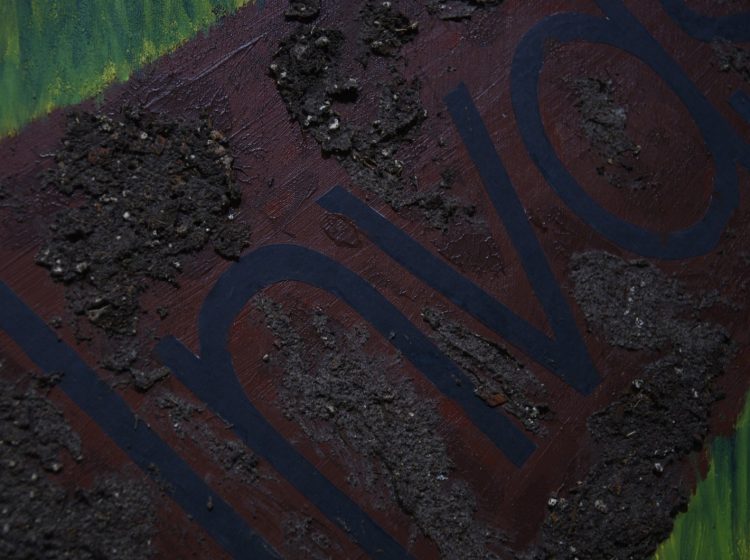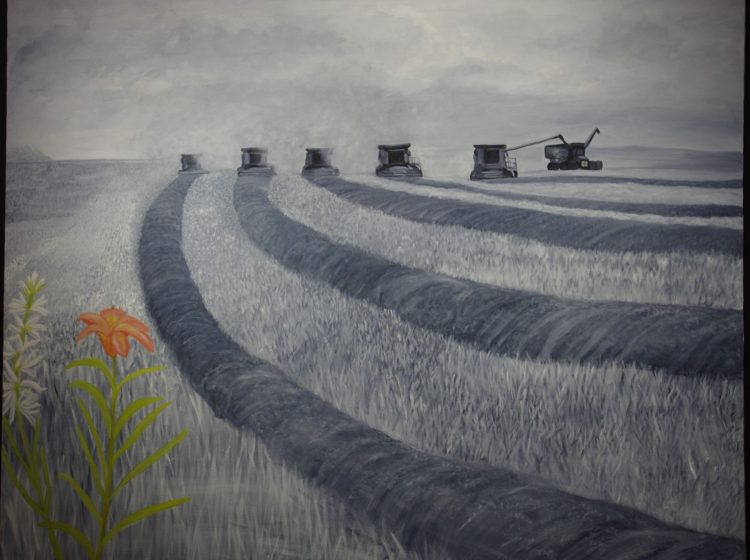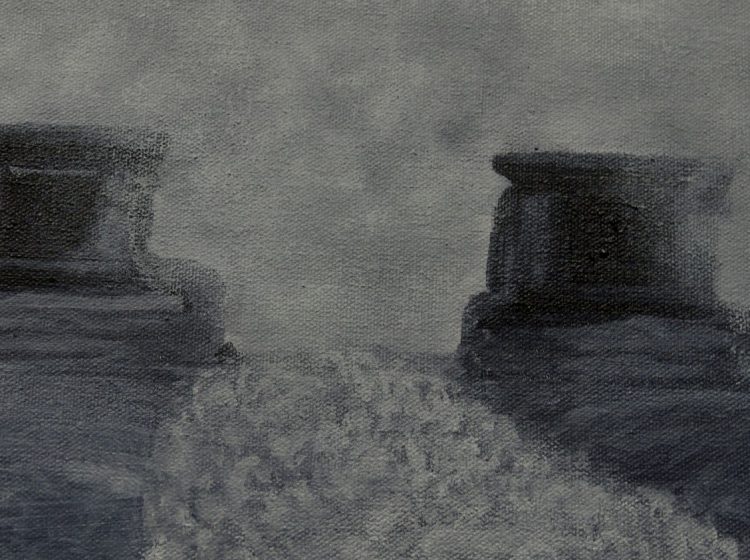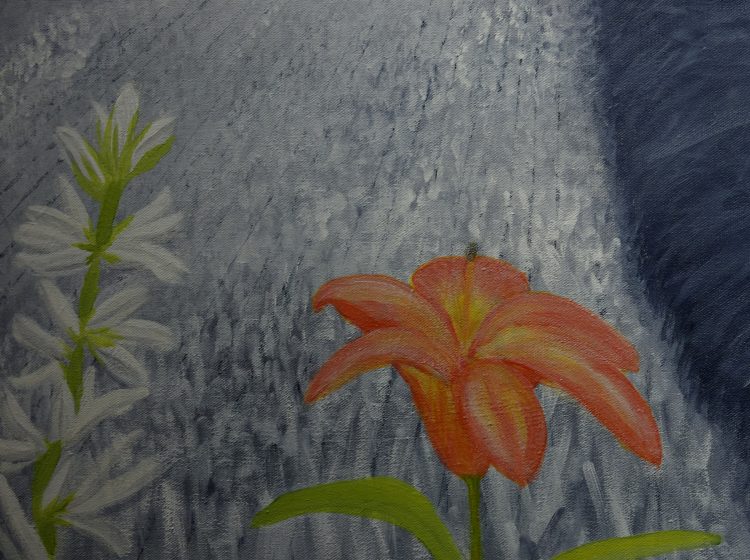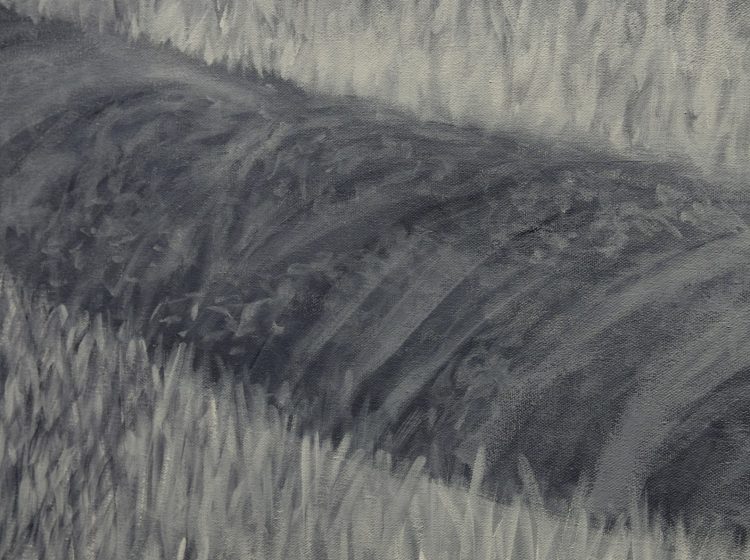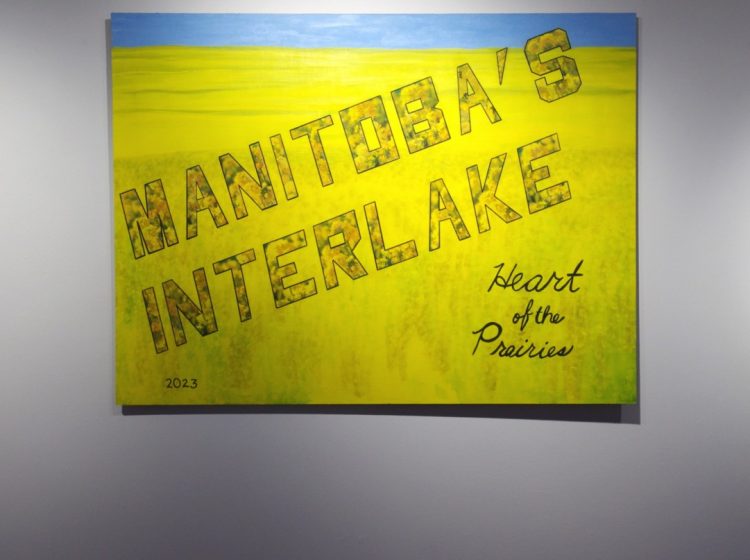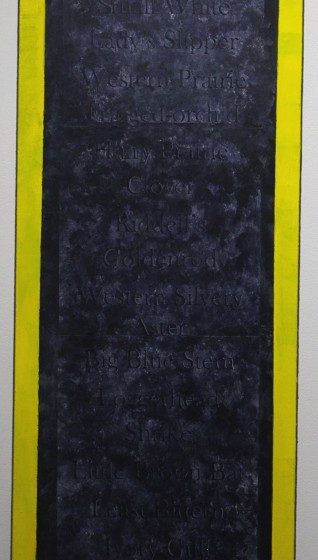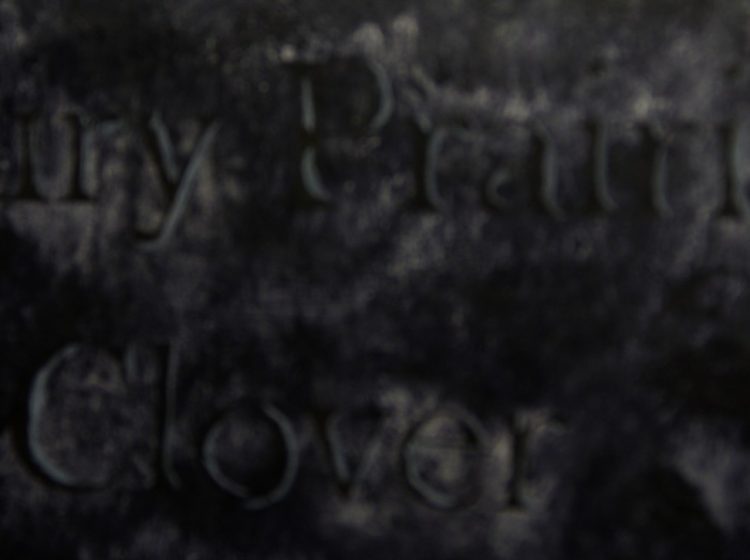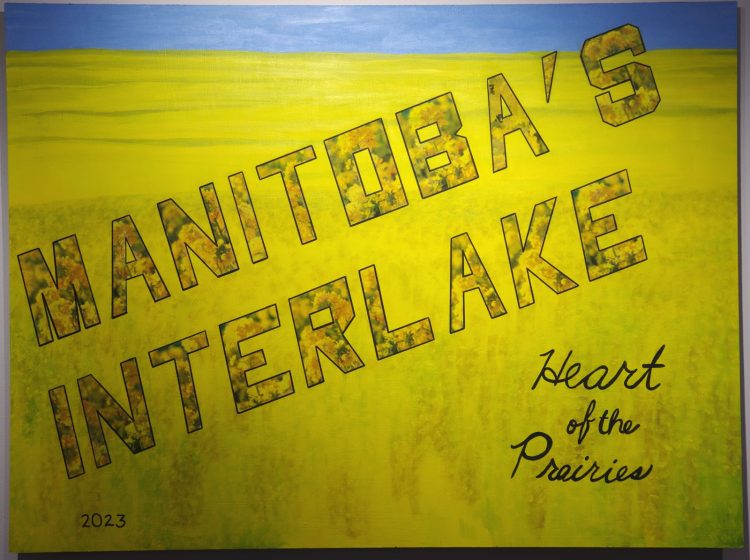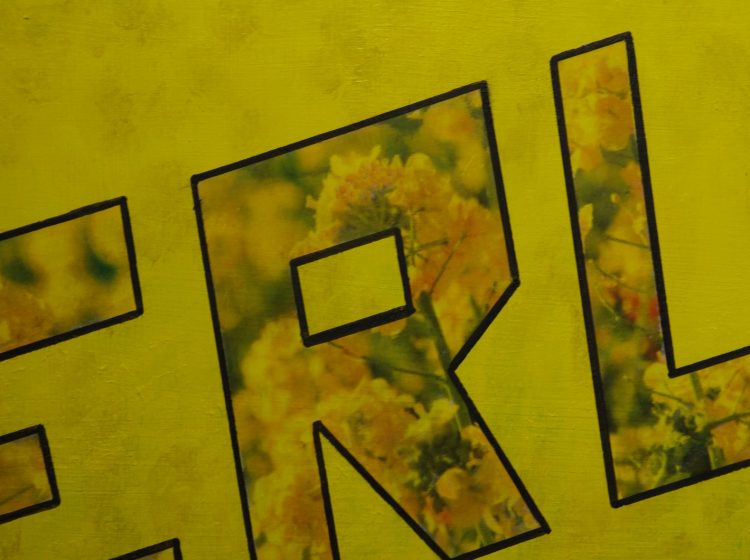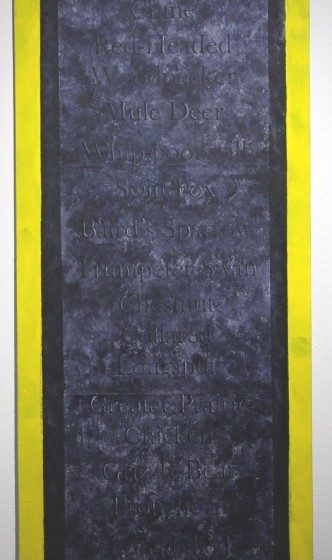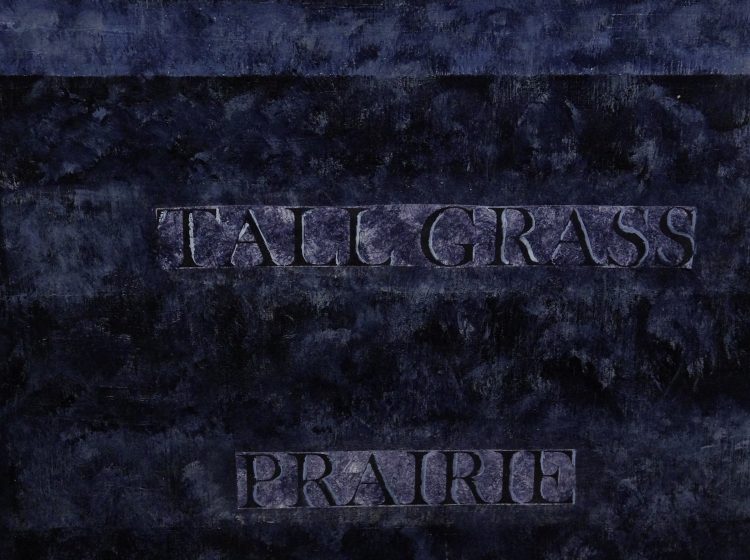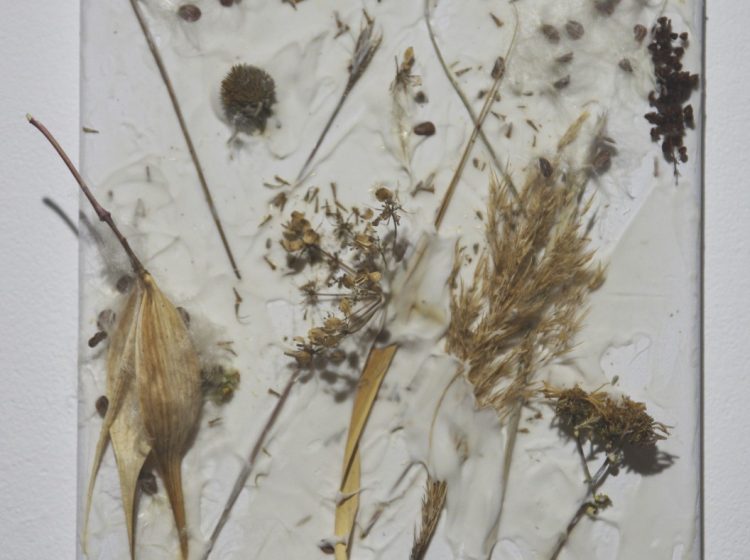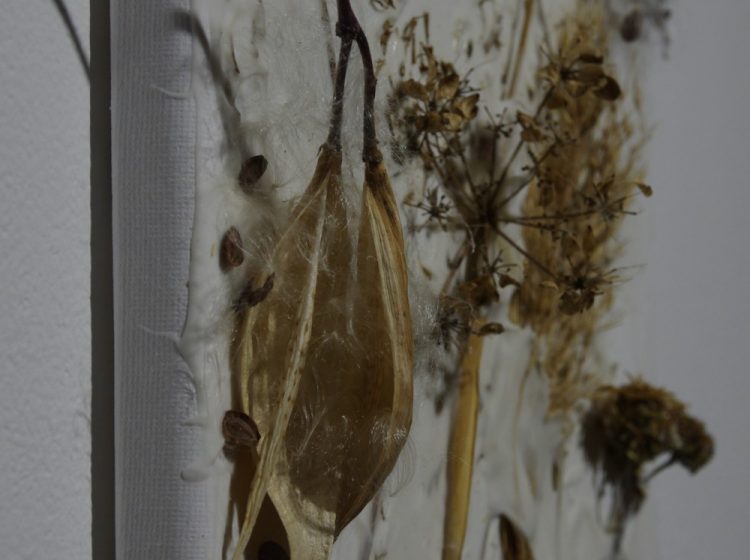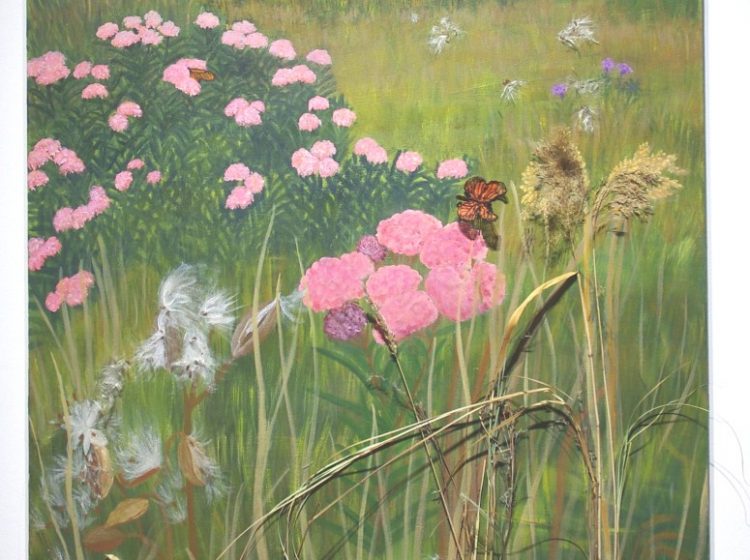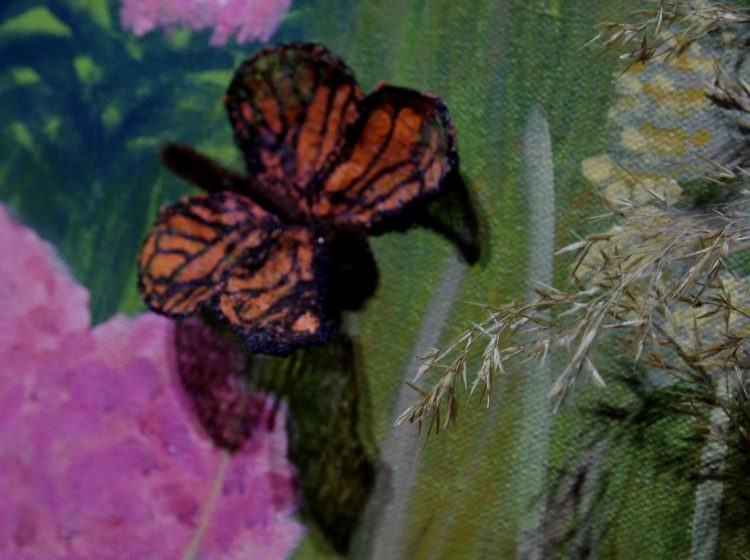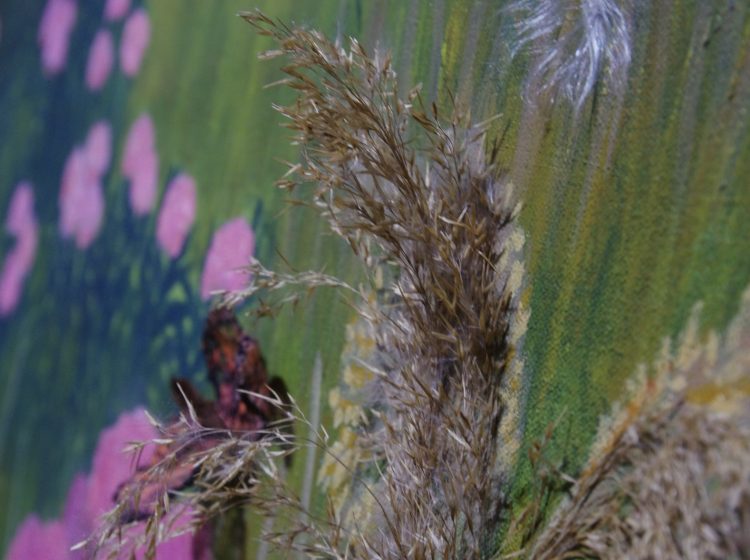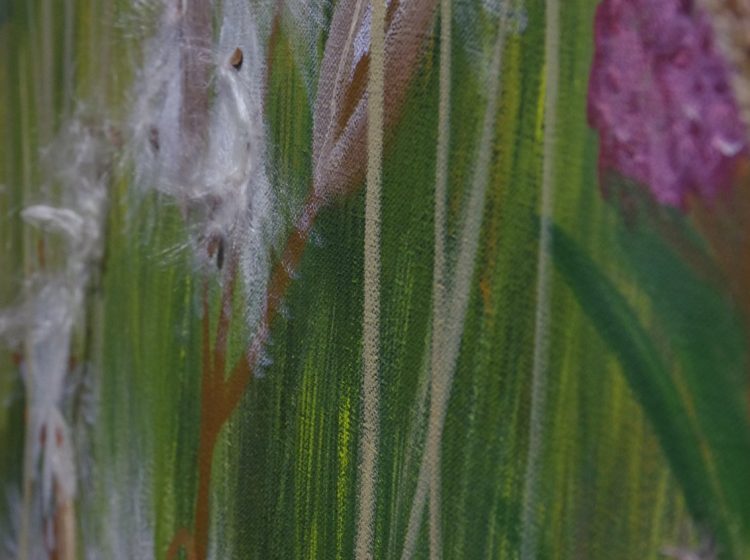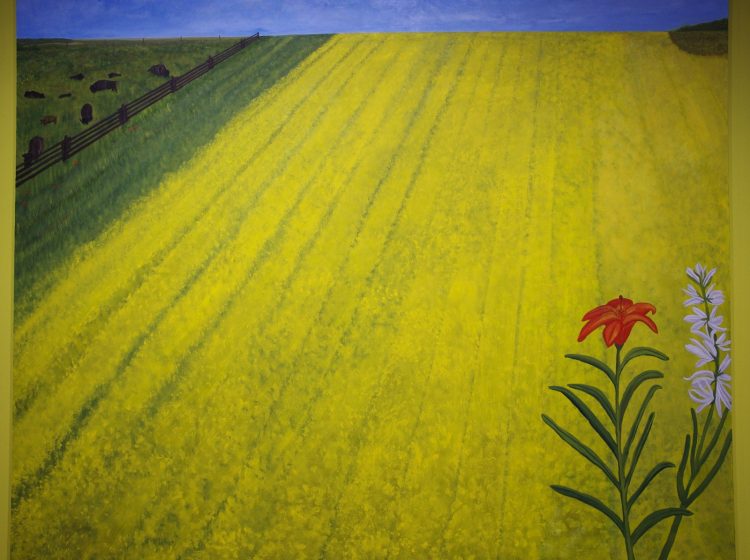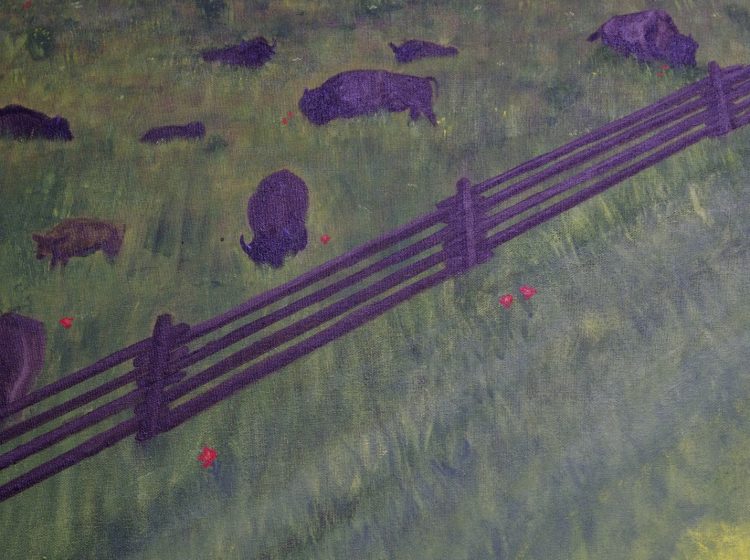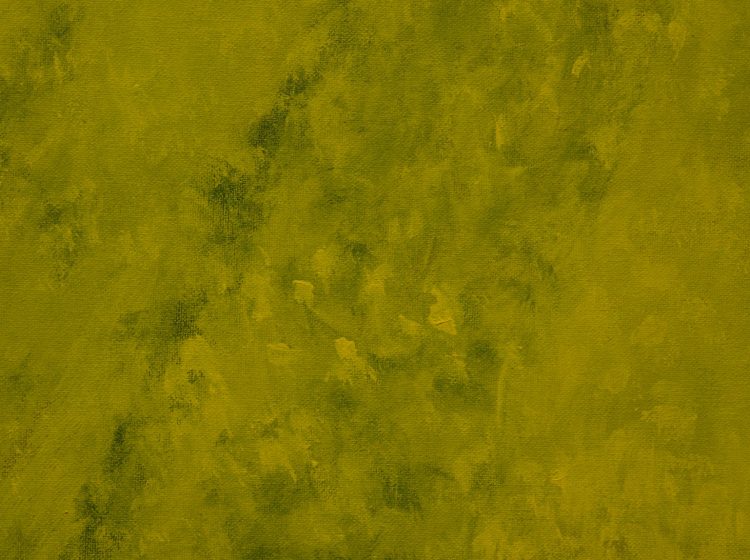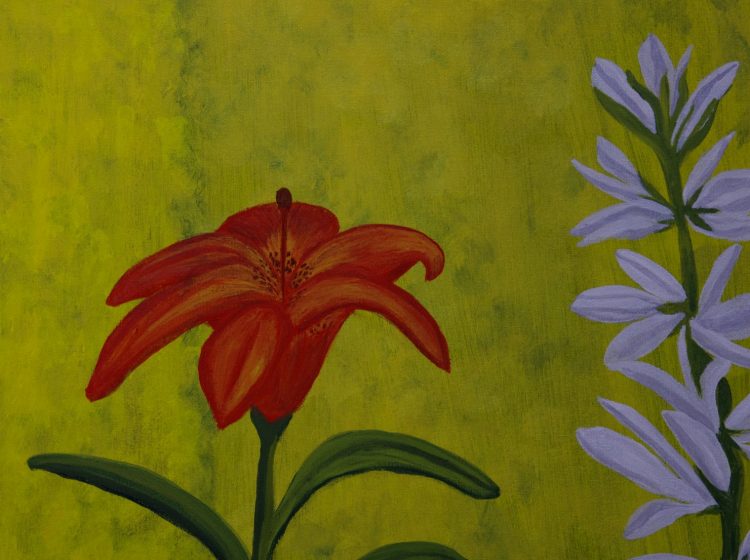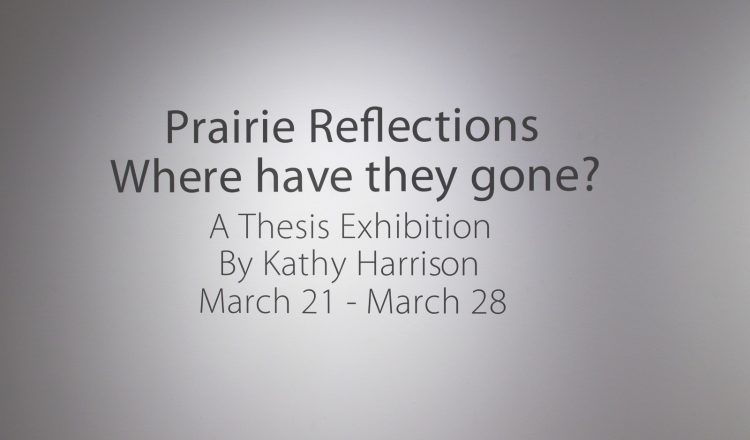Prairie Reflections: Where Have They Gone?
A Thesis Exhibition by: Kathy Harrison
Artist Statement
I remember as a child, running through tall prairie grasses filled with wild flowers, picking bouquets for my grandmother, while butterflies of various colours and patterns flitted from flower to flower. Growing up on a farm in Manitoba meant the excitement of watching a mother fox and her kits playing in the high grass near the shelter belt of trees, or discovering that a barn owl has a nest with owlets in the rafters of the hayloft. I remember trying to catch garter snakes and leopard frogs which were always in abundance…until they weren’t.
As an artist working primarily in oil and acrylic paint, my work is frequently landscape-based and often focuses on memories related to growing up on a farm on the Manitoba prairies. My body of work, Prairie Reflections: Where have they gone?, investigates the devastating changes to Manitoba’s native flora and fauna that have occurred within my lifetime. The native prairie grasslands once filled with wildflowers, and home to hundreds of birds, insects, and animals have almost completely disappeared, primarily as a result of human activity notably related to farming practices[1]. The survival of many of Manitoba’s native flora and fauna is at stake. Some of the species that I recall from my childhood are now designated as either endangered, threatened, or extirpated. It is my hope that Prairie Reflections will create a greater awareness of the problem.
My acrylic paintings incorporate text and other media such as grasses, seeds and soil, creating scenarios involving at risk native Manitoba species that I recall from my childhood. Using local soil and grasses adds personal meaning to the work, establishing a relationship between the work and my own experience of growing up on a farm in Manitoba. I identify farming practices that have devastated many of Manitoba’s native species, as well as scenarios of potential future restoration of threatened species by use of different measures suggested by conservationists, scientists, farmers, and Indigenous Peoples.
I have also introduced native Manitoba wild flowers and grasses into my own yard using the information that I have learned in my research. My exhibition includes photographic documentation of the process, plus an installation incorporating young plants to be introduced. Reintroducing native plants will create a place for native insects and birds. The installation includes information encouraging visitors to introduce native Manitoba species into their own yards, emphasizing that small changes multiplied many times over can create big changes.
I believe that restoring Manitoba’s native species not only improves the environmental health of the province, it is also an act of reconciliation. For thousands of years the Indigenous Peoples were stewards of land, depending upon the many native prairie species for their livelihood. Many of those species hold great significance in Indigenous tradition. European settlers saw the land as a resource to be exploited, with no consideration for either its history or its future. Restoring native Manitoba species is a physical act of decolonizing the land and a step towards reconciliation.
[1] “About Prairie Grasslands” Manitoba Grass.ca
Click to enlarge image
